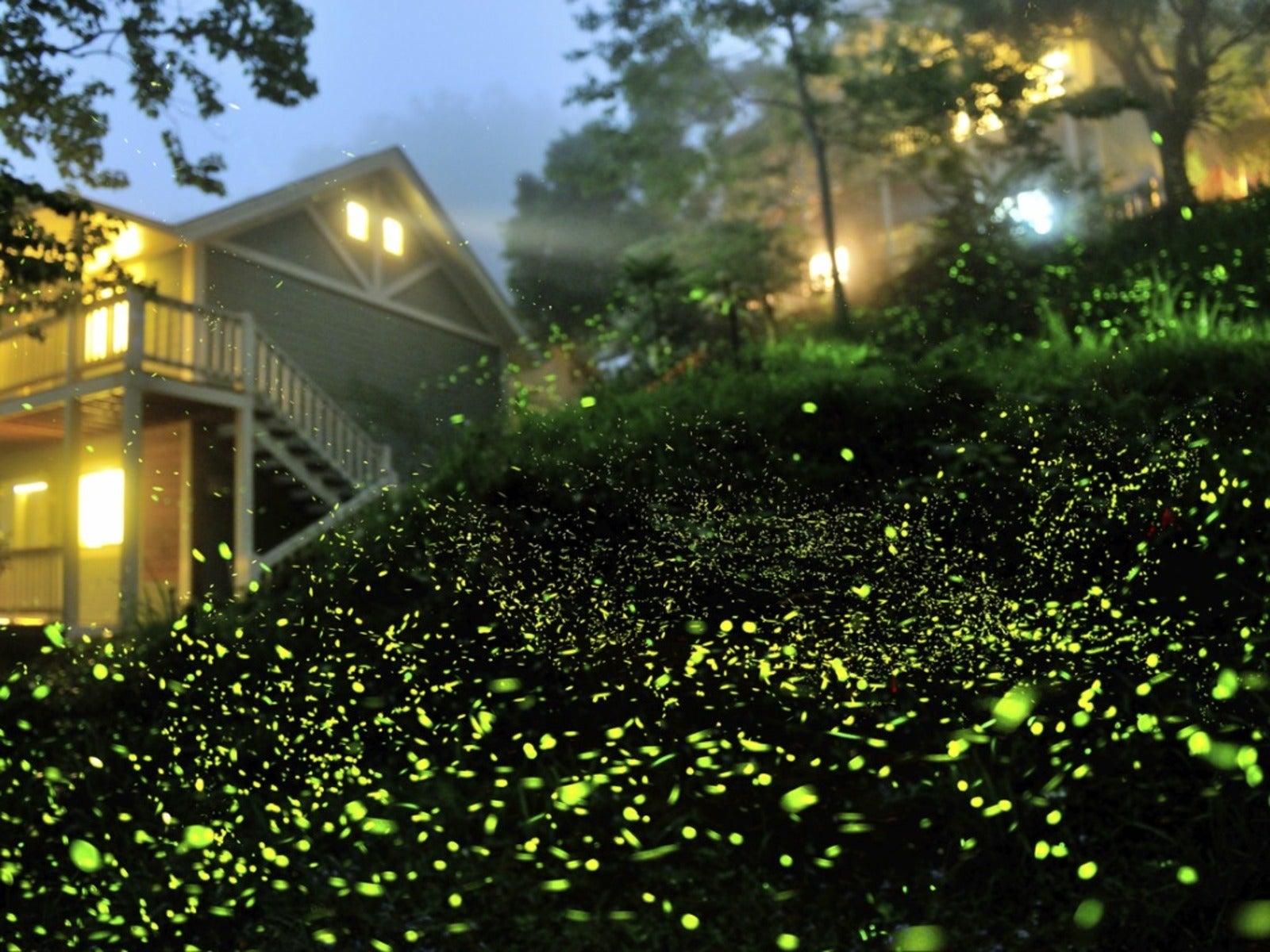Turn Off The Lights! How To Stop Firefly Population Decline


Twinkle twinkle little star… or is it a firefly? Fireflies are one of the favorite insects of the Western world thanks to the soft light they produce at day’s end. But this magical glow serves more important purposes for a firefly than enchanting gardeners. It is also their means of communicating as well as keeping predators at bay. Because of that, fireflies and light pollution are a dangerous mix, resulting in the population of fireflies dying off.
Firefly larvae are beneficial predators that feed on snails and slugs, and are important in the food cycle both as predators and as prey. They are a factor in the control of pests in crops and gardens.
Their brightly lit chemical reaction involving the enzyme luciferase has helped scientific researchers learn about cell interactions, leading to major medical advances, detection of bacterial infections and development of health related drugs that fight disease. While scientists have learned how to synthetically duplicate the enzyme, the firefly was the impetus for its development.
Fireflies Dying Off
Firefly decline is a real thing, and everyone who delights in these beautiful insects needs to know about the situation. Are fireflies dying out? Their population is in decline and this is the result of more than one condition.
Fireflies are under attack on all sides. Their habitats are being destroyed, chemical pesticides are taking a toll, and artificial light is disrupting their lifestyle and reproductive capability. In terms of habitat destruction, the issue can range from the destruction of the mangrove trees in Malaysia, which kills off the insects that inhabit those forests, to the habitat damage done by “firefly ecotourism” in Asian countries.
Fireflies and Pesticides
The widespread use of pesticides in agriculture is what presents the threat to firefly survival. Since young fireflies live two years underground or underwater during their larval stage, insecticides designed to kill insect pests in the soil do serious damage to the firefly population. This is the issue with insecticides like organophosphates and neonicotinoids. They kill all insects that they come in contact with, including beneficial insects.
Fireflies' Light Pollution Problem
Habitat destruction and pesticides result in the loss of many insects and other fauna on the planet, so it is not surprising that they also impact fireflies. But it surprises many that artificial light pollution is considered one of the biggest threats to the species. Artificial lighting, including eco-friendly LEDs, impacts the way the insects communicate, and also interferes with their mating practices.
Sign up for the Gardening Know How newsletter today and receive a free copy of our e-book "How to Grow Delicious Tomatoes".
The vast majority of the firefly species in the US exchange bioluminescent light signals like flashes or flickers to communicate with each other. Many fireflies rely on these signals to locate and attract mates. Artificial light interferes with these natural patterns and also makes the nocturnal insects vulnerable to predators that would usually be repelled by the firefly’s light.
How to Help Fireflies
An individual’s best bet for helping fireflies survive is to change our outdoor lighting habits. This can be as simple as turning off lights you aren’t using and removing lights that are not needed or functional, such as lights that are merely cosmetic. Dark is best for fireflies.
When this is not possible, install timers or motion sensors that will turn lights off automatically. Dimming essential lights also helps, putting them on the lowest possible intensity that still serves your purposes. It also helps to filter outdoor lights with red gel filters, available commercially or at camera stores.
Leaving some native habitat in your garden may be helpful, as well as growing plants that attract insects, such as milkweed. Avoiding chemical pesticides is critical in supporting the firefly species.

Teo Spengler is a master gardener and a docent at the San Francisco Botanical Garden, where she hosts public tours. She has studied horticulture and written about nature, trees, plants, and gardening for more than two decades, following a career as an attorney and legal writer. Her extended family includes some 30 houseplants and hundreds of outdoor plants, including 250 trees, which are her main passion. Spengler currently splits her life between San Francisco and the French Basque Country, though she was raised in Alaska, giving her experience of gardening in a range of climates.